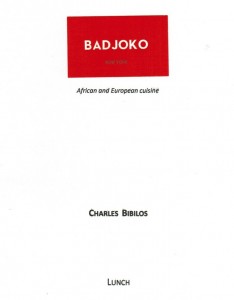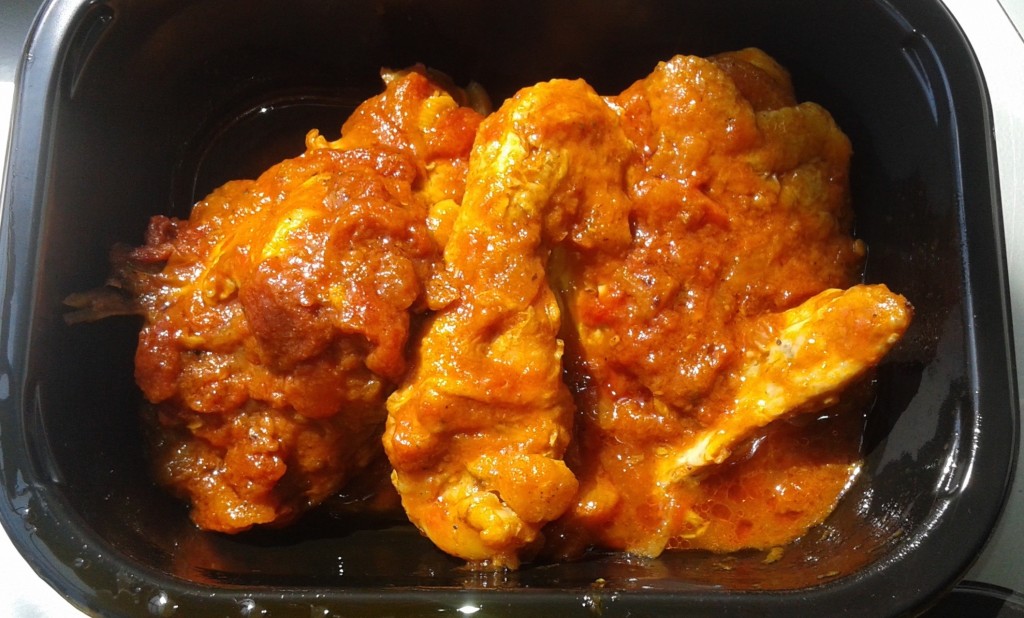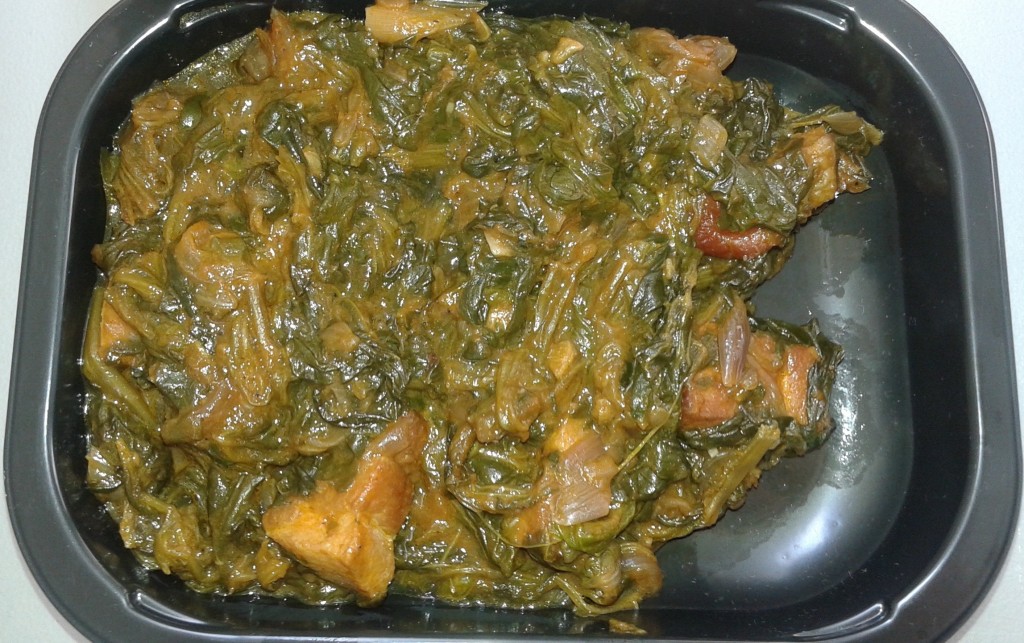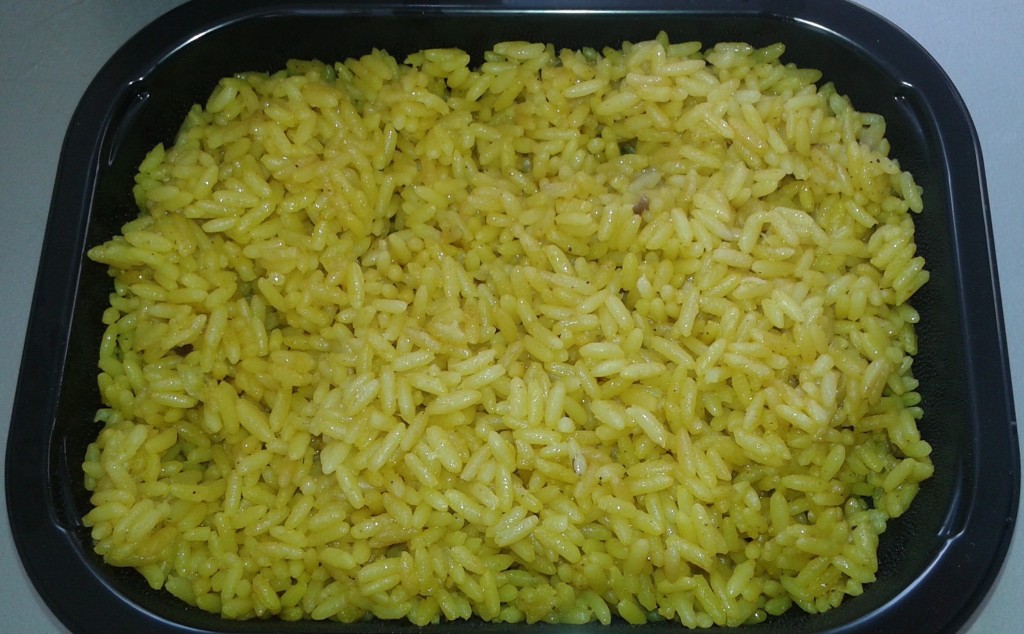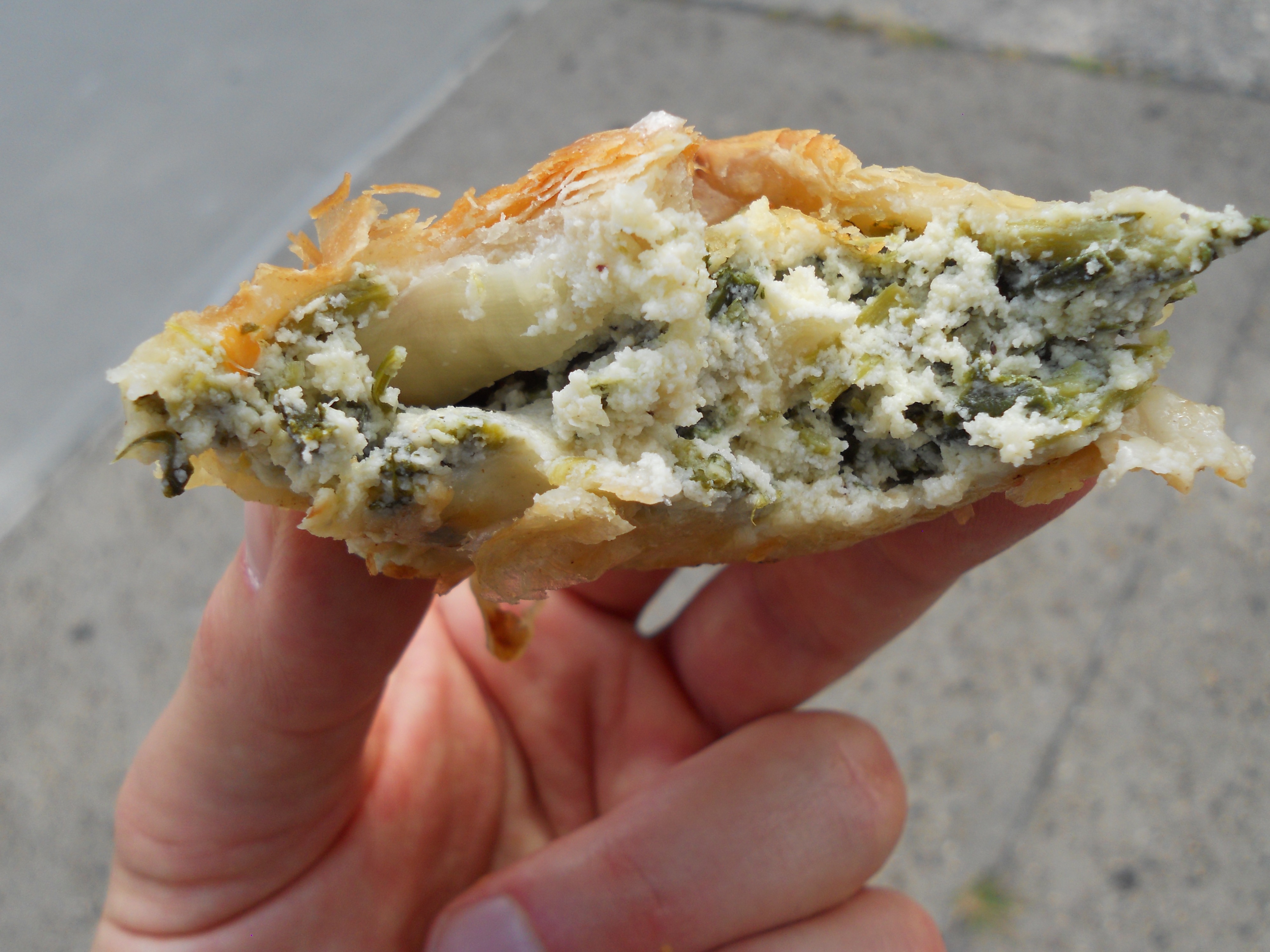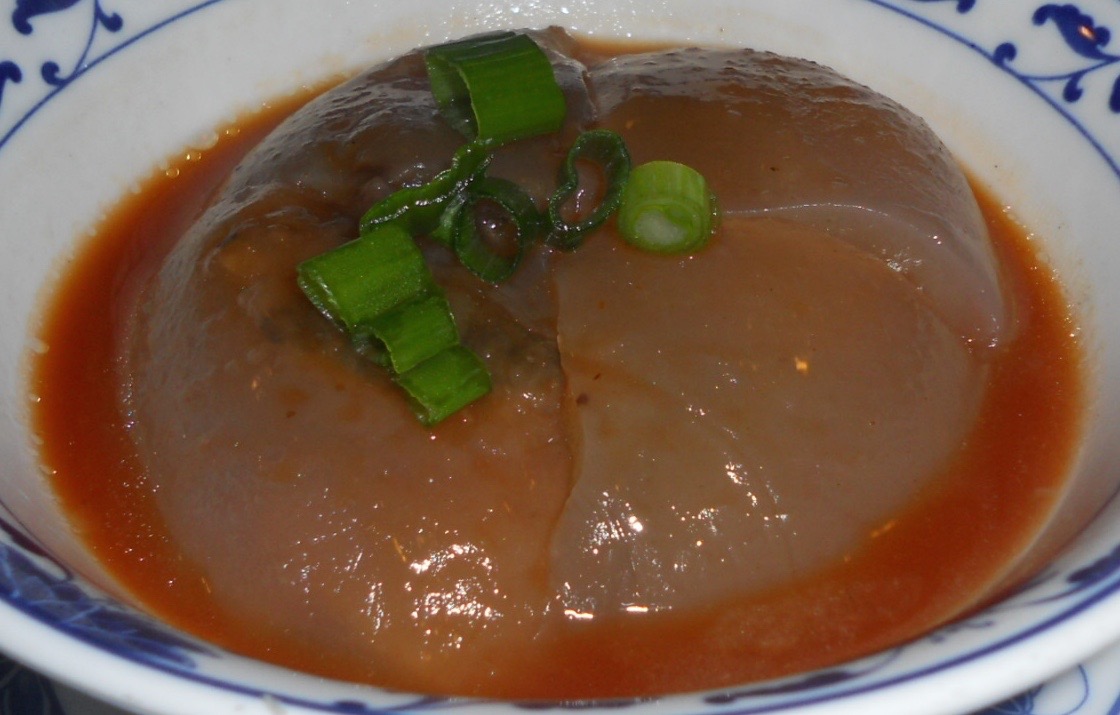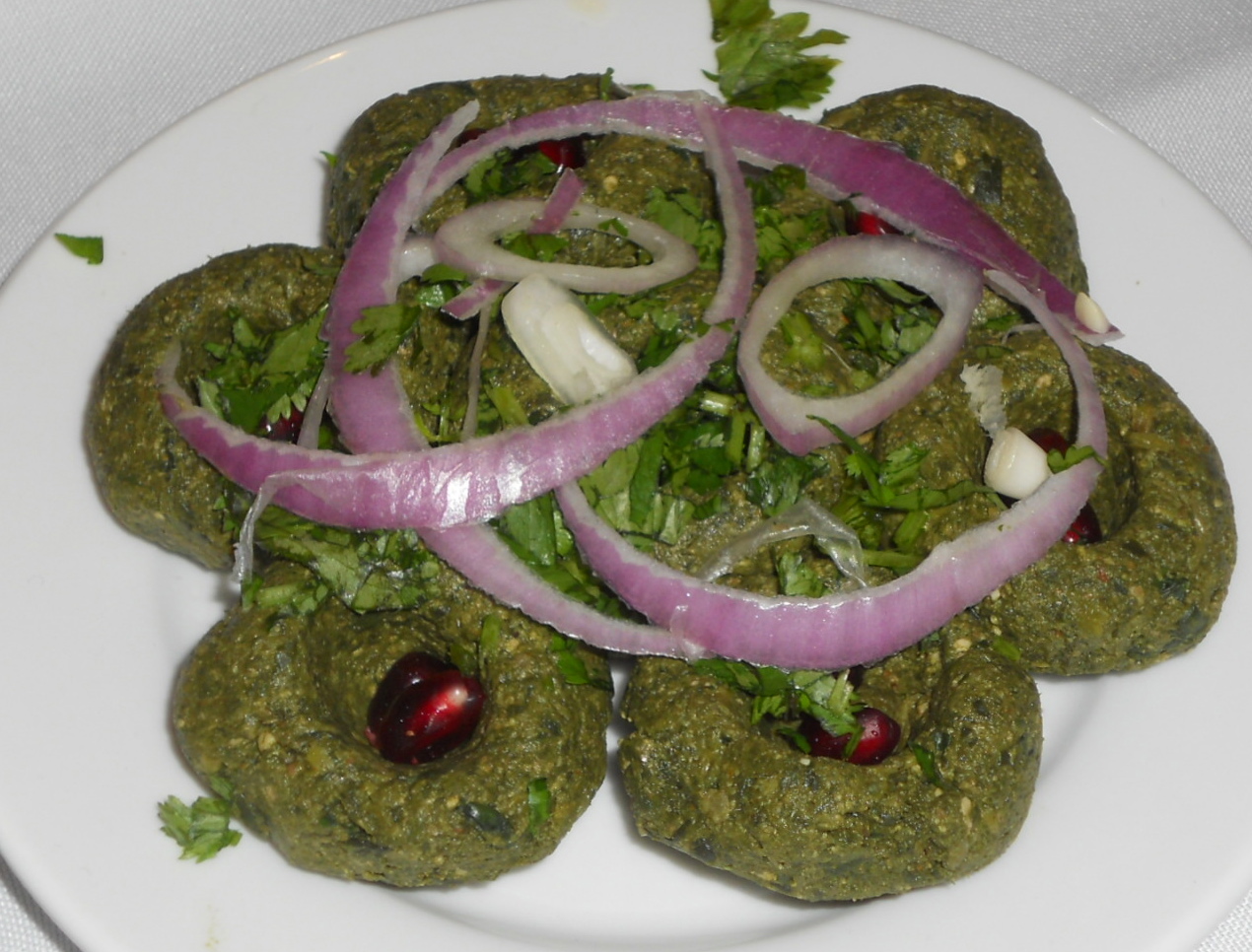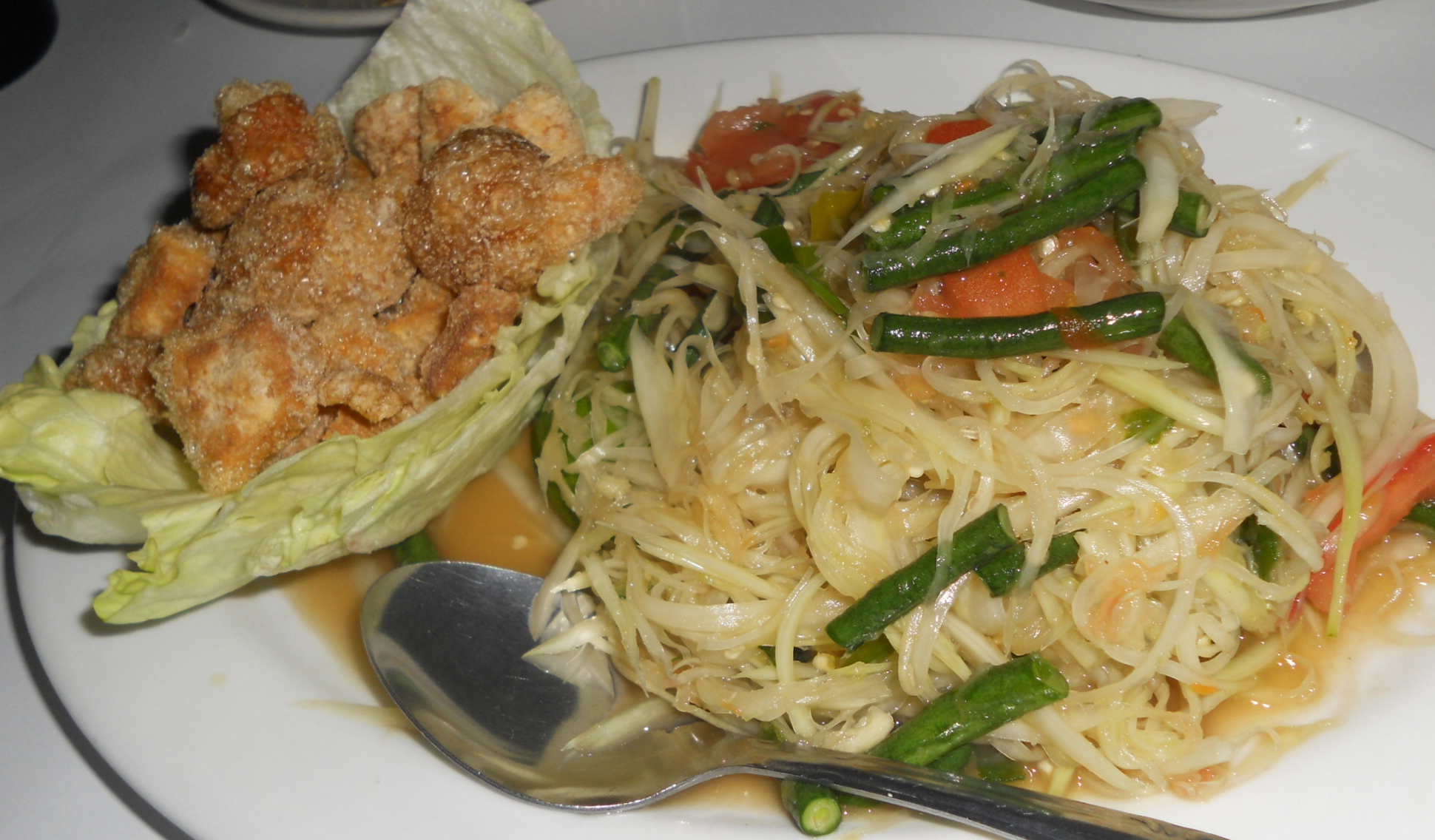At the risk of sounding like an untrendy culinary grinch, I’m often ambivalent about pedigreed chefs who were trained in fancy culinary academies. Sure, I thoroughly respect the hard work of chefs who learned some great skills in culinary school, and I’ll happily devour their delicious food. But I’m much more interested in unlikely chefs who took an unusual route to their careers as genius food-makers.
The amazing Aimé Badjoko is exactly one of those chefs. Aimé was born in Kisangani, the second-largest city in the Democratic Republic of Congo (also known as Congo-Kinshasa to distinguish it from its smaller neighbor, the Republic of the Congo; click here for a brief, well-written introduction to the two Congos from a traveler’s perspective). When he was five years old, Aimé’s family sent him to a small village in Belgium; when Aimé was 14, his father moved all ten of his children into a house in Brussels – including several children who had not previously lived in Belgium. It sounds like a fascinating breed of mayhem, since the ten “children” – a few of whom were young adults by then – were not accompanied by their parents.
Aimé’s path to chefdom (look at me, I’m making up words!) is every bit as interesting as his childhood. He studied economics as a university student, and didn’t cook at all until he was married with three kids in Belgium. His wife didn’t cook either, so Aimé bought a few cookbooks (including La Cuisine d’Olympe and Alain Senderens’ first book), memorized pretty much every recipe in the darned things, and realized that cooking is his true calling.
Fast-forward a few years, and Aimé is now in New York, bringing his own blend of Belgian and Congolese flavors to his catering business, called Badjoko. As his website suggests, his food isn’t strictly Belgian, and it isn’t strictly Congolese, either. But because I’m doing this silly quest thinger, I invited him out for coffee and asked if he might be willing to prepare Congolese food for me. I loved his answer: “OK, I’ll make a few Congolese dishes. I don’t know what yet. But they will be delicious.”
Of course, Aimé was 100% correct, and he graciously delivered a monstrous bag of his delicious cuisine to a business meeting that I was attending in Chelsea with a woman named Meg, who is more important than I am. Despite being kind of a big deal, she was very gracious, and let us feed her whatever Aimé felt like feeding us. The food was, exactly as Aimé promised, absolutely phenomenal: makiso chicken served with yellow rice and Wagenia spinach, followed by a dessert of crème of two chocolates.
Normally, I would ramble on with descriptions of the dishes, but I’ll shut up for a moment, and quote directly from the lovely menus that Aimé printed for us, since my new favorite caterer is a better food writer than I am:
Makiso chicken: “Kisangani style chicken, stemming from Indian influences in the Eastern part of Congo, consisting of nutmeg, turmeric, and other spices.”
Yellow rice: “Local rice infused with clove and turmeric from the same Indian inspiration that touched Kisangani.”
Wagenia spinach: “Referring to the fishermen on the Congo River; spinach with smoked fish*” (*replaced with smoked pork belly)
Yes, smoked pork belly. All three dishes were spectacular, but there’s a special place in my heart for beautiful plates of stewed greens (did I mention that I grazed on my mother’s houseplants when I was a toddler?), especially when the greens are blessed by the presence of salty, smoky chunks of pig, with a perfect blend of lean pig and fat pig.
For bonus points, everything was packaged and presented beautifully; even the dessert of crème of two chocolates (“…the cacao beans used here are one of the wonders of the Congolese rainforest…”) was served in actual glassware, in addition to being ludicrously delicious. This was easily the classiest meal I’ve ever eaten as take-out.
My only complaint? Badjoko is a catering company, not a restaurant, so Aimé’s excellent cuisine is only available for large groups. If he ever decides to open a Congolese and/or Belgian restaurant, I’ll be camped out at the front door, ready to eat the first goodies that emerge from his kitchen.
But in the meantime, can I please borrow your corporate AMEX card, and pretend that I’m a large group? Please?
Badjoko
Catering only


